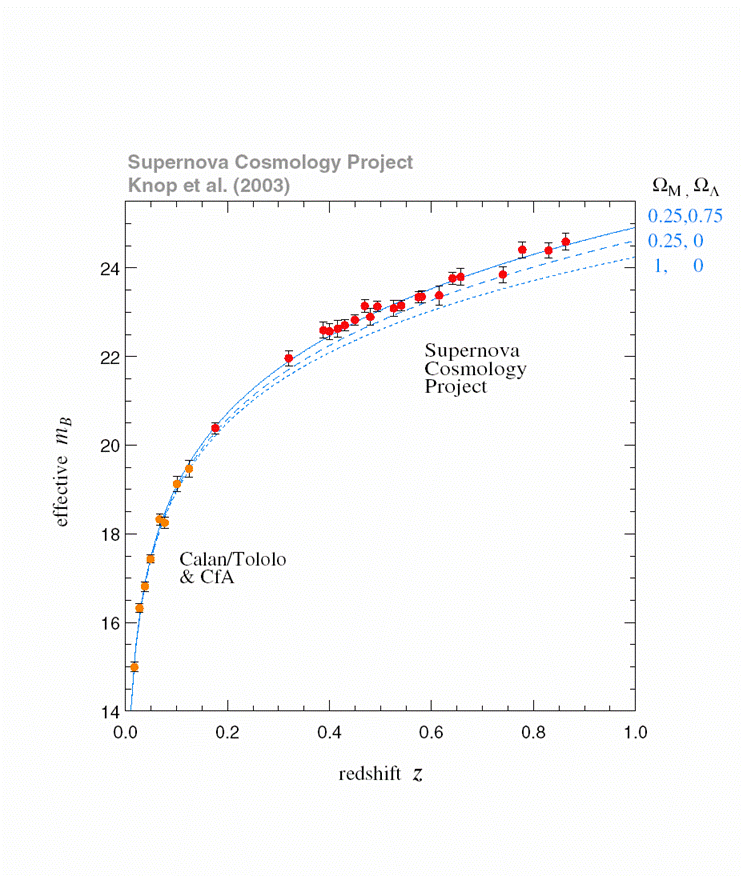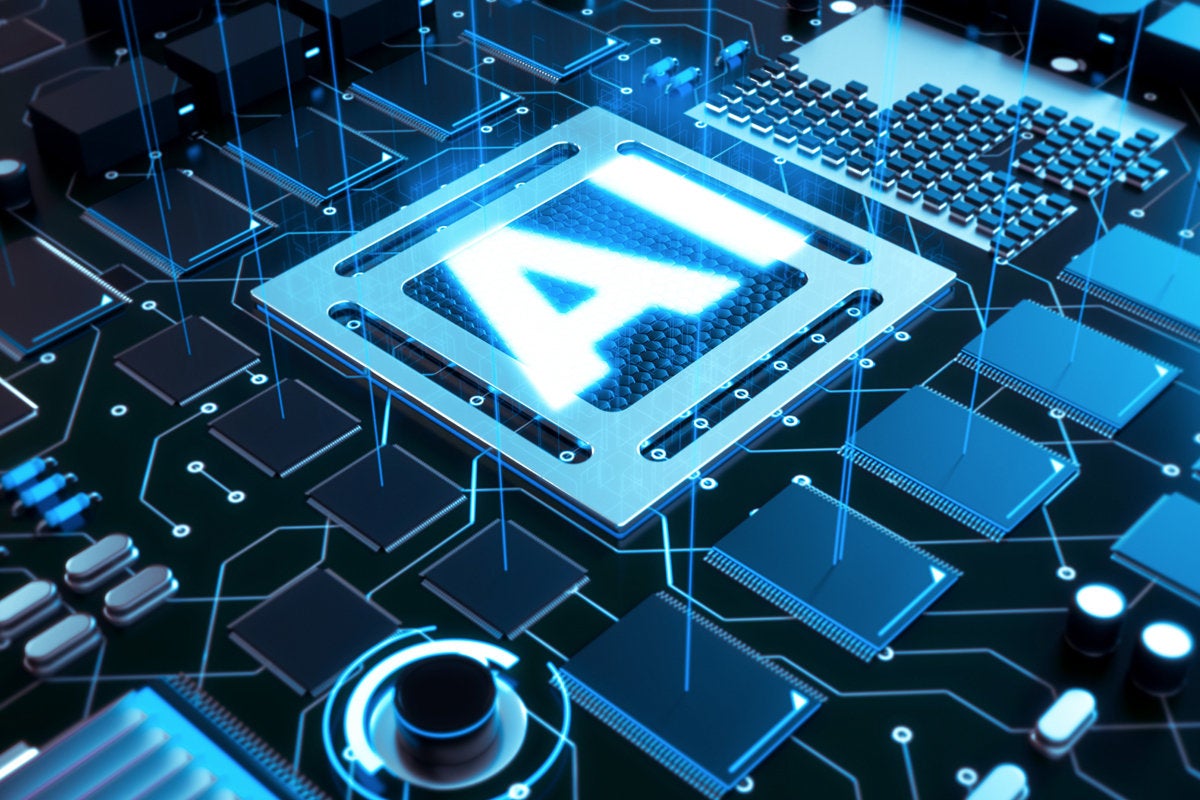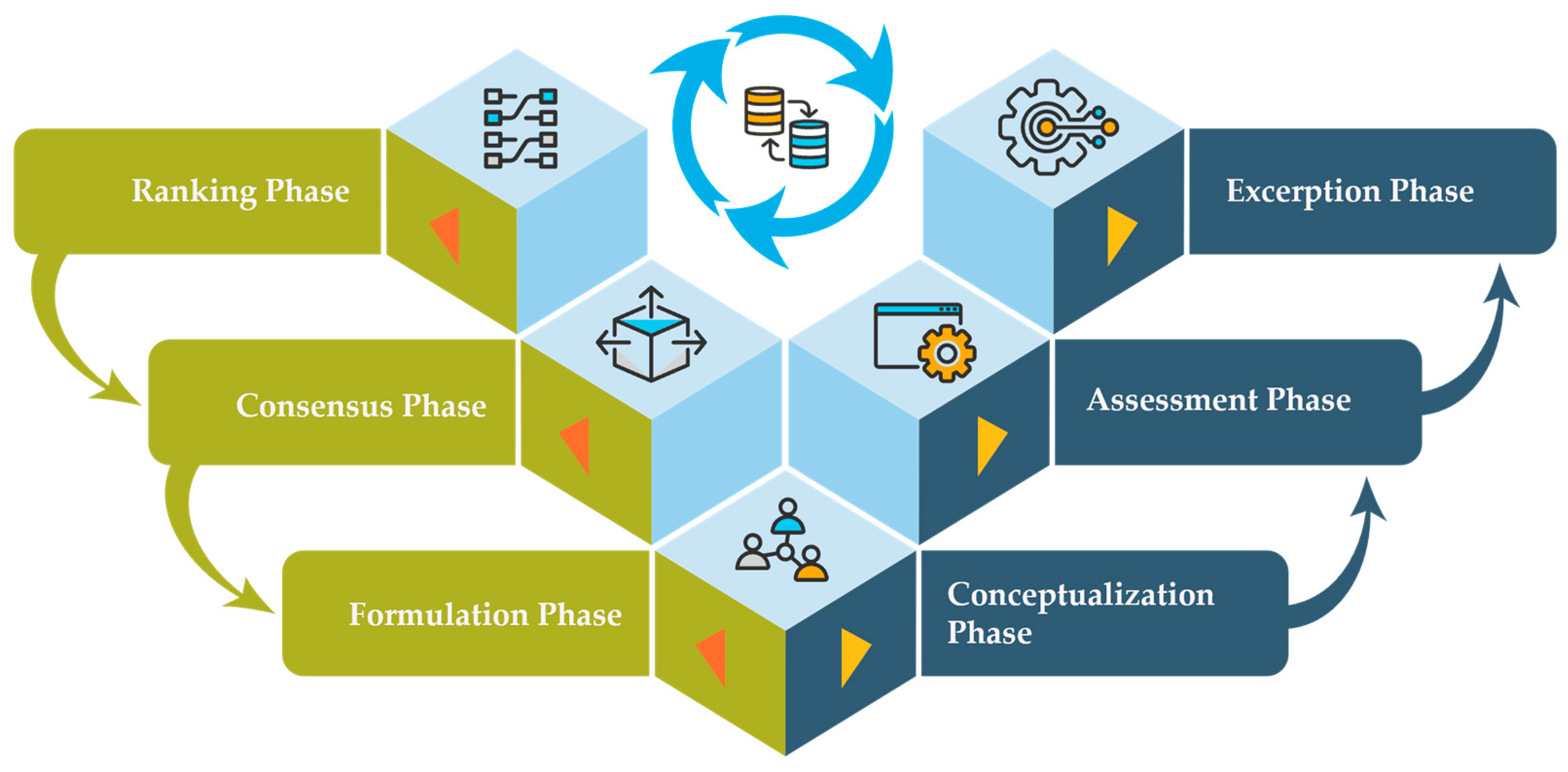The universe, as we know it, is expanding—an accepted fact within modern cosmology. But what’s even more mind-boggling is that this expansion is accelerating, a phenomenon attributed to what we call dark energy. Yet, a recent paper by researchers at the University of Canterbury in New Zealand challenges this foundational concept in cosmology. It proposes that the observed acceleration might not be due to dark energy at all, but rather an effect of how time flows differently across various parts of the cosmos. This alternative theory, called the Timescape Model, sheds new light on our understanding—or misunderstanding—of the universe.
What Is Dark Energy?
Dark energy accounts for approximately 70% of the total energy in the universe, according to the widely accepted Lambda-CDM (ΛCDM) model. This model suggests that a mysterious force—the cosmological constant—is pushing galaxies apart at an accelerating rate. The primary evidence for this acceleration comes from the study of Type 1-a supernovae, which serve as “standard candles” for measuring cosmic distances. By observing these supernovae over time, researchers have pieced together the universe’s expansion history.
However, the Lambda-CDM model isn’t without its challenges. Despite its success in explaining large-scale cosmological observations, there’s still no direct evidence of what dark energy is or how it functions. This has left room for alternative hypotheses, such as the Timescape Model, to emerge.
< >
>
The Timescape Model
The Timescape Model, first proposed by David Wiltshire in 2007, argues that the apparent acceleration of the universe’s expansion is a result of gravitational time dilation. In areas of strong gravity, such as galaxy clusters, time flows more slowly compared to voids—massive empty regions in the cosmic web. This difference in time flow creates an uneven “timescape” across the universe.
According to this hypothesis, the expansion of voids, where time flows faster, outpaces the slower expansion within denser regions. As the universe evolves, the proportion of these void regions increases, leading to a stronger effect on redshift observations. The Timescape Model suggests that this redshift behavior could mimic the effects attributed to dark energy, negating the need for such a mysterious force.
What Does the Evidence Say?
The recent buzz around the Timescape Model stems from an analysis of data from the Pantheon+ supernova survey, which includes the most extensive collection of Type 1-a supernova data to date. The Timescape Model reportedly provides a better fit to the observed data than the Lambda-CDM model, particularly for nearby supernovae where cosmic inhomogeneities are more pronounced.
In support of the Timescape Model, proponents highlight its simplicity. Unlike Lambda-CDM, which requires the ad hoc inclusion of dark energy to fit observational data, the Timescape Model relies purely on Einstein’s general theory of relativity applied to the known structures of the universe. As the philosopher William of Ockham famously asserted, “Entities should not be multiplied beyond necessity.” In this case, the Timescape Model may win on grounds of simplicity.
< >
>
Limitations of the Timescape Model
Despite its elegance, the Timescape Model is not without its critics. One significant challenge is the magnitude of the required time dilation effect. For the Timescape Model to work as proposed, billions of years of age difference would need to exist between voids and dense regions of the universe. However, current consensus suggests that these differences are much smaller—on the scale of hundreds or thousands of years.
Moreover, Lambda-CDM has proven its robustness across multiple lines of evidence. For example:
- Baryon Acoustic Oscillations (BAO): These imprints of early sound waves provide independent measurements of the universe’s expansion rate, consistently pointing to an accelerating universe driven by dark energy.
- Large-Scale Structure Formation: The evolution of galaxy clusters and filaments aligns remarkably well with Lambda-CDM predictions.
- Cosmic Microwave Background (CMB): Observations of the CMB reveal a geometrically flat universe, which is consistent with the existence of dark energy making up 70% of its total energy density.
These observations are not inherently explained by the Timescape Model, casting doubt on its ability to replace Lambda-CDM wholesale. Additionally, unresolved tensions, such as the Hubble constant discrepancy, further complicate matters. Whether Timescape might address these gaps remains an open question.
< >
>
Implications and the Path Forward
The proposal of the Timescape Model highlights an essential truth: science thrives on questioning entrenched paradigms. Even if the model is ultimately disproven, it serves as a reminder to scrutinize the foundational assumptions of cosmology. For now, Lambda-CDM remains the best-fit model, but like any scientific theory, it is subject to revision as new data and ideas emerge.
<
>
Models like Timescape underscore the need for interdisciplinary approaches—combining advanced physics, Bayesian analysis (as previously discussed in my articles linked here), and even computational voting methods for cosmological model selection. Much like the strides made in artificial intelligence and machine learning, cosmology exemplifies how challenging the status quo can lead to groundbreaking advances.
Conclusion
Whether or not dark energy is an illusion created by the complex timescape of our universe remains to be seen. However, engaging alternative models like this fosters a deeper understanding of cosmic phenomena and spurs technological and observational innovations. As we push the boundaries of what we know, one thing is certain: the universe will continue to surprise us.
Focus Keyphrase: Timescape Model and Dark Energy
“`
 >
> >
>